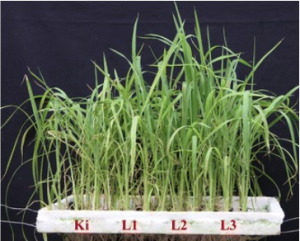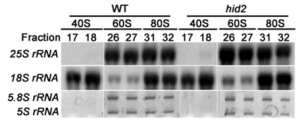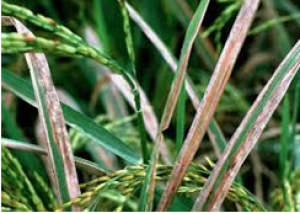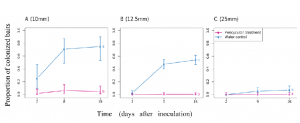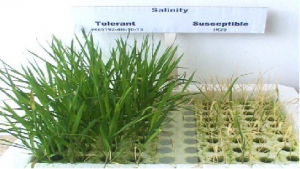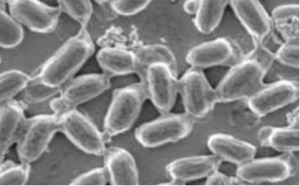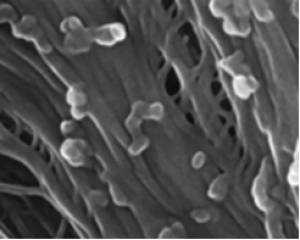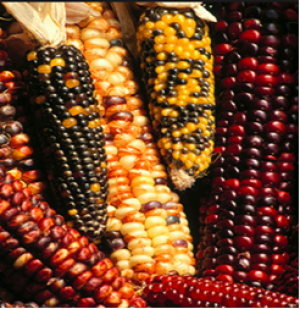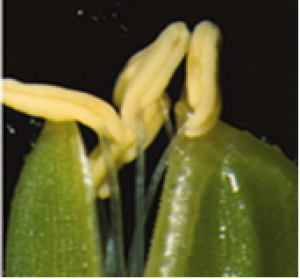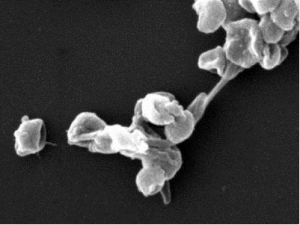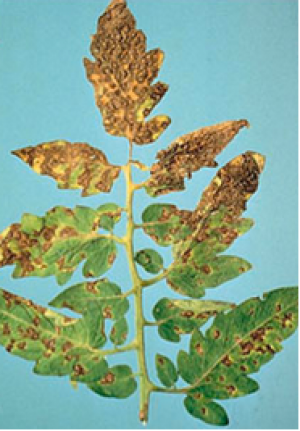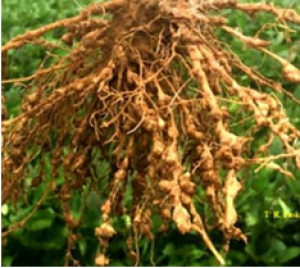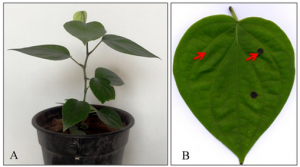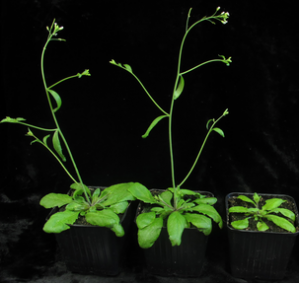|
PE6c greatly enhances prime editing in transgenic rice plants
Tuesday, 2024/07/16 | 08:14:00
|
|
Zhenghong Cao, Wei Sun, Dexin Qiao, Junya Wang, Siyun Li, Xiaohan Liu, Cuiping Xin, Yu Lu, Syeda Leeda Gul, Xue-Chen Wang, Qi-Jun Chen Journal of Integrative Plant Biology. First published: 09 July 2024; https://doi.org/10.1111/jipb.13738 ABSTRACTPrime editing is a versatile CRISPR/Cas-based precise genome-editing technique for crop breeding. Four new types of prime editors (PEs) named PE6a–d were recently generated using evolved and engineered reverse transcriptase (RT) variants from three different sources. In this study, we tested the editing efficiencies of four PE6 variants and two additional PE6 constructs with double-RT modules in transgenic rice (Oryza sativa) plants. PE6c, with an evolved and engineered RT variant from the yeast Tf1 retrotransposon, yielded the highest prime-editing efficiency. The average fold change in the editing efficiency of PE6c compared with PEmax exceeded 3.5 across 18 agronomically important target sites from 15 genes. We also demonstrated the feasibility of using two RT modules to improve prime-editing efficiency. Our results suggest that PE6c or its derivatives would be an excellent choice for prime editing in monocot plants. In addition, our findings have laid a foundation for prime-editing-based breeding of rice varieties with enhanced agronomically important traits.
See https://onlinelibrary.wiley.com/doi/full/10.1111/jipb.13738
Figure 1: Editing efficiencies of seven types of duplex prime editors (PEs) in transgenic rice plants (A) Diagram of the T-DNAs for the seven types of duplex PEs used to generate transgenic rice lines. E9t, OCSt, and HSPt are terminators from pea (Pisum sativum), Agrobacterium, and Arabidopsis, respectively. Hyg, hygromycin-resistance gene. RB and LB, right and left T-DNA borders, respectively. tGly and tMet, tRNA(Gly) and tRNA(Met), respectively. HDV, Hepatitis delta virus ribozyme. (B) Editing efficiencies of seven types of duplex PEs at 18 agronomically important targets from 15 genes. Ho, He, and Chi are homozygous, heterozygous, and chimeric mutant lines, respectively. Re, DNA repair-derived byproducts with only some of the target bases edited when installing multiple-base substitution edits. Sc, pegRNA scaffold-derived byproducts. K161, TAP, and GP represent three targets of EPSPS. TAP-IVS, T173I, A174V, and P177S; GP-AS, G172A, and P177S. W548 and P171 represent two targets of ALS. Lines with 100% deep-sequencing reads representing only one type of mutation with desired edits were scored as homozygous. Non-homozygous lines containing more than one type of mutation with desired edits were scored as heterozygous (≥45% desired edits) or chimeric (<45% desired edits). When the main mutation type in a chimeric line was Re byproducts, it was scored as Re lines; when the main mutation type was InDel byproducts, it was scored as InDel lines; when the main mutation type in a chimeric line was Sc byproducts, it was scored as Sc lines. The sorting-based mutation efficiency was calculated based on the ratio of the number of mutants to the total number of transgenic plants.
|
|
|
|
[ Other News ]___________________________________________________
|


 Curently online :
Curently online :
 Total visitors :
Total visitors :
(335).png)
